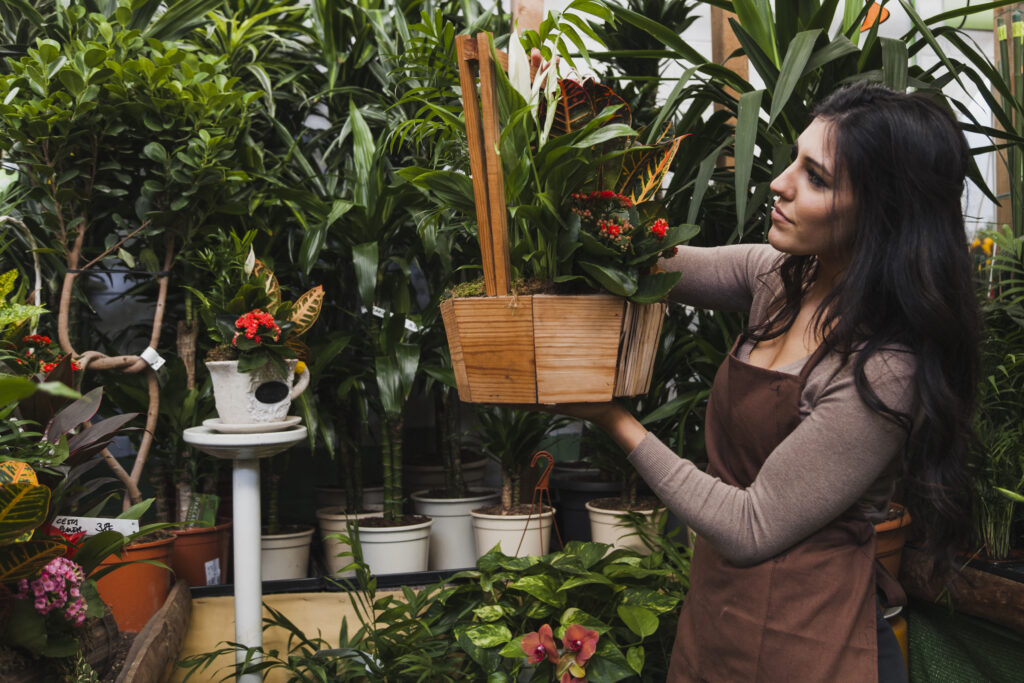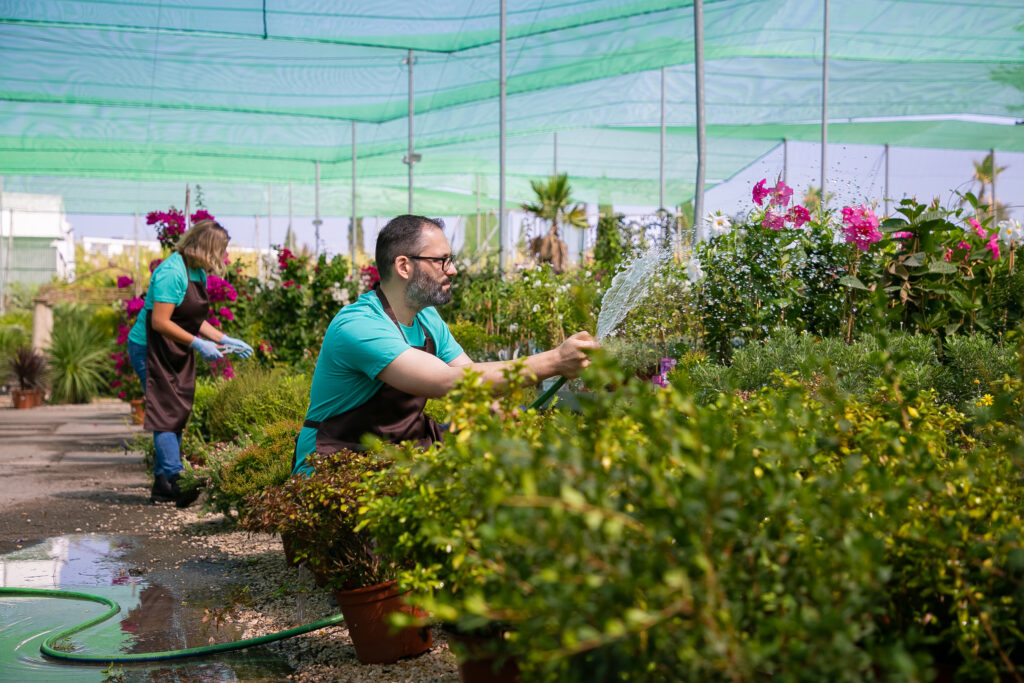What is Vertical Gardening?
Vertical gardening is a smart way where plants are grown upwards with the support of walls, shelves, pallets, or trellises. Instead of growing plants horizontally, you grow plants vertically, saving space but adding greenery and providing more elegance.
Why Choose Vertical Gardening for Small Spaces?
- Space Efficiency: Ideal for apartments, balconies, terraces, or small gardens.
- Aesthetic Appeal: Creates a living wall which lights up interiors or exterior spaces.
- Easy Maintenance: Put plants at eye level, and watering and pruning are easy.
- Better Air Quality: More plants increase oxygen levels and eliminate dust.
- Urban Farming Potential: Harvest fresh herbs, vegetables, or flowers in small space.
Best Plants for Vertical Gardening
- Herbs: Basil, Mint, Thyme, Parsley, Coriander
- Leafy Greens: Lettuce, Spinach, Kale, Swiss Chard
- Small Fruits: Strawberries, Cherry Tomatoes
- Flowers: Petunias, Pansies, Marigolds
- Succulents: Echeveria, Sedum
- Climbing plants (trellis-trained): Beans, Peas, Morning Glory
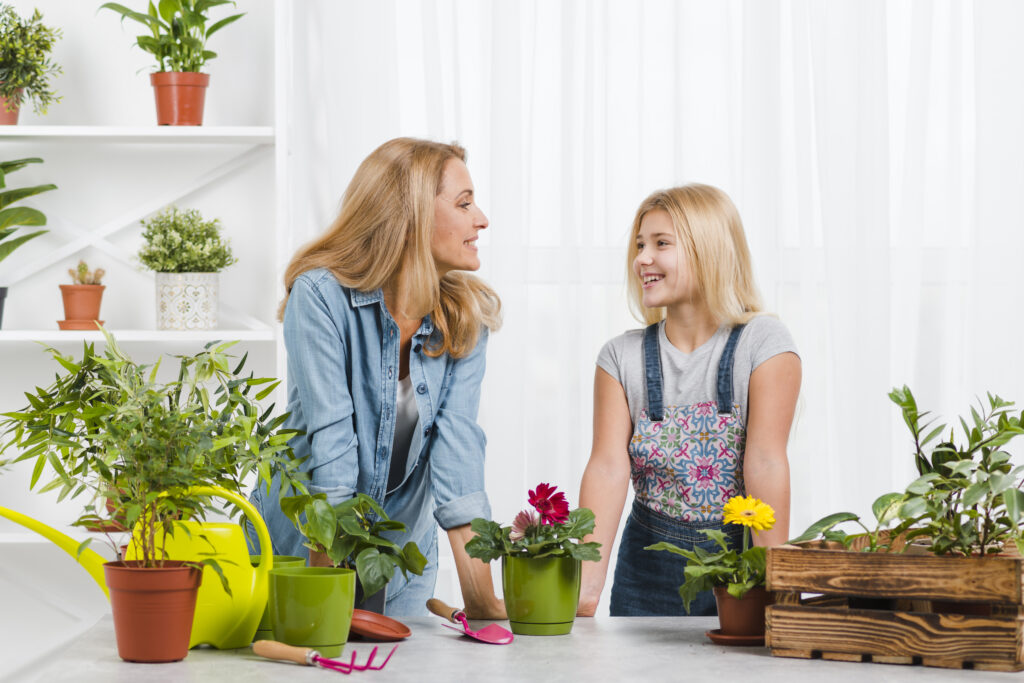
DIY Vertical Gardening Ideas
1️⃣ Wall-Mounted Pallet Garden
- Materials Needed: Wooden pallets, nails, landscape fabric, potting soil.
- How to Build:
- Fix a pallet vertically to a wall.
- Line the interior with landscape fabric to retain soil.
- Fill the pockets with soil and plant herbs or flowers.
- Pros: Inexpensive, rough look, wonderful for herbs or small flowers.
2️⃣ Hanging Pocket Planters
- Materials Needed: Felt pocket planters or upcycled shoe organizers.
- How to Build:
- Suspend the pocket organizer on a fence or wall.
- Fill the pockets with soil and vegetation.
- Pros: Lightweight, low maintenance, perfect for herbs.
3️⃣ Vertical Pipe Garden
- Materials Needed: PVC pipes, end caps, drill, potting mix, vegetation.
- How to Build:
- Drill holes periodically in the pipe.
- Cap one end of the pipe, fill it with soil.
- Put plants in holes.
- Hang the pipes vertically on a wall.
- Pros: Space-efficient, low footprint, perfect for small vegetables.
4️⃣ Ladder Shelf Garden
- Materials Needed: Use an old wooden ladder or buy a garden shelf.
- How to Build:
- Put pots of varied sizes on the steps of the ladder.
- Put in a sunny spot (balcony or window).
- Advantages: Easy, easy to move around, suitable for flowers, herbs, and small potted veggies.
5️⃣ Hanging Bottle Planters
- Materials Needed: Plastic bottles, scissors, rope, soil.
- How to Build:
- Cut holes in bottles.
- Plant seeds or seedlings in soil and put them in the bottles.
- Suspend them vertically in rows with ropes.
- Pros: Recycles plastic, cheap, ideal for newbies.
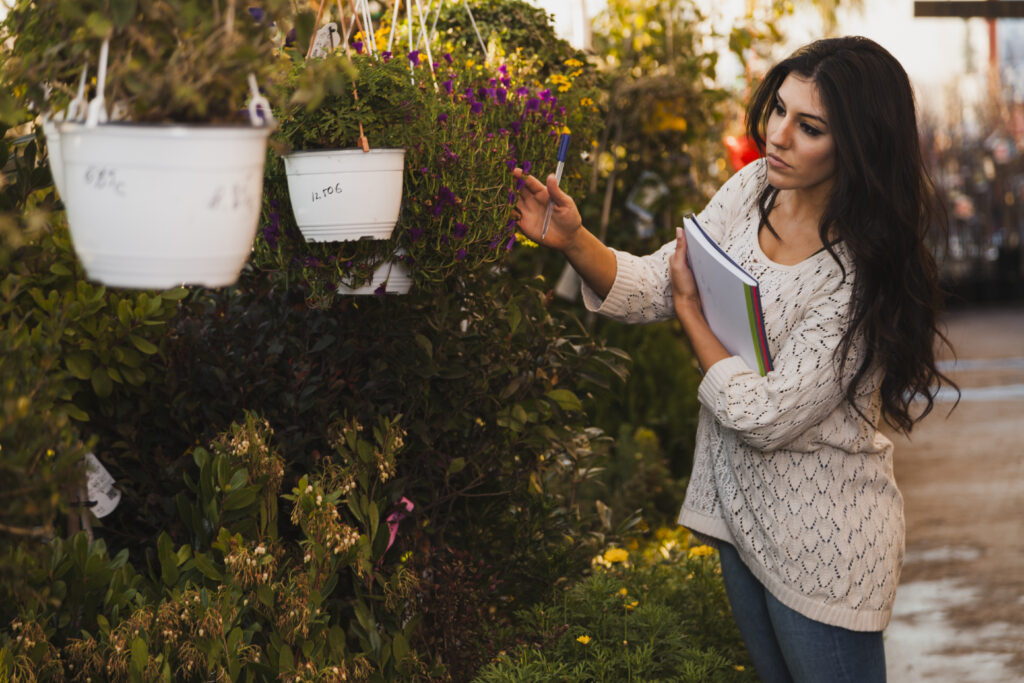
6️⃣ Trellis or Wire Mesh Garden
- Materials Needed: Trellis, metal grid, or wire mesh.
- How to Build:
- Secure a trellis against a wall or place it upright.
- Plant climbing plants such as peas, beans, or flowering vines.
- Pros: Supports climbers, produces a living screen.
Maintenance Tips for Vertical Gardens
- Maintenance Instructions for Vertical Gardens
- Offer effective watering system: employ drip irrigation or self-watering pots.
- Use light-weight soil mix to reduce load.
- Employ good quality containers with drainage holes.
- Choose sun-tolerant plants according to your space (full sun, partial shade).
- Fertilize at intervals with diluted organic fertilizer.
- Inspect regularly for pests and eliminate excess growth.
Benefits of DIY Vertical Gardening
1. Space-Saving
Vertical gardening is an excellent solution for small spaces such as balconies, terraces, or city apartments where there is not much horizontal space. Placing plants up instead, you can utilize walls or vertical surfaces and allow you to plant various plants without using up much floor space. This is suitable for city dwellers who would like to plant herbs, vegetables, or flowers but lack garden space.
2. Cost-Effective
One of the greatest advantages of DIY vertical gardening is that it is cost-effective. Instead of taking out funds to purchase expensive planters or garden sets, you can reuse common objects such as used wooden pallets, plastic bottles, shoe organizers, or pieces of wood. This reduces wastage and significantly lowers the installation cost of a garden, making it suitable for cost-conscious enthusiasts.
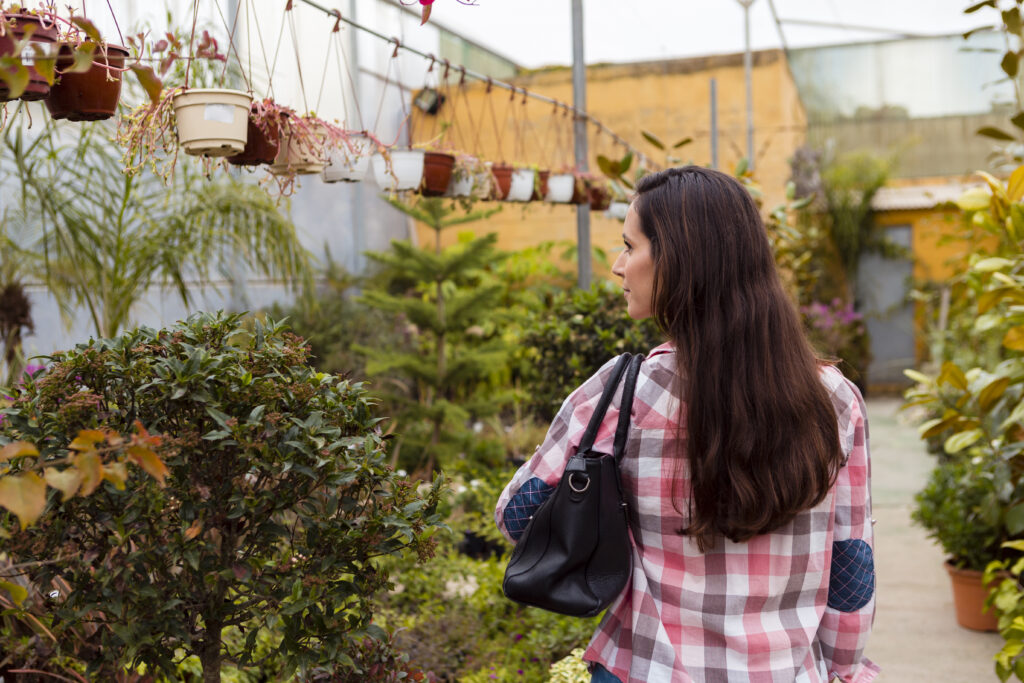
3. Eco-Friendly
Vertical gardening promotes an eco-friendly lifestyle. By using recycled material for the garden frame and an organic homegrown produce, you are reducing your dependency on commercially packed and transported vegetables and herbs. Not only do you lower your carbon footprint, but you also get to contribute towards a greener world.
4. Personal Satisfaction
Growing your own fruits, vegetables, and herbs gives a great feeling of accomplishment and personal satisfaction. It makes you more in touch with nature, is a highly rewarding hobby, and enables you to enjoy fresh, homegrown vegetables and fruits at your fingertips. Additionally, a well-manicured vertical garden also gives an aesthetic appeal to your living space, creating a calming and refreshing environment.
Final Tip: Start Small & Expand
If you’re new, begin with a small wall-mounted pallet or a pocket planter. Once comfortable, expand to larger setups like pipe gardens or ladder shelves.

